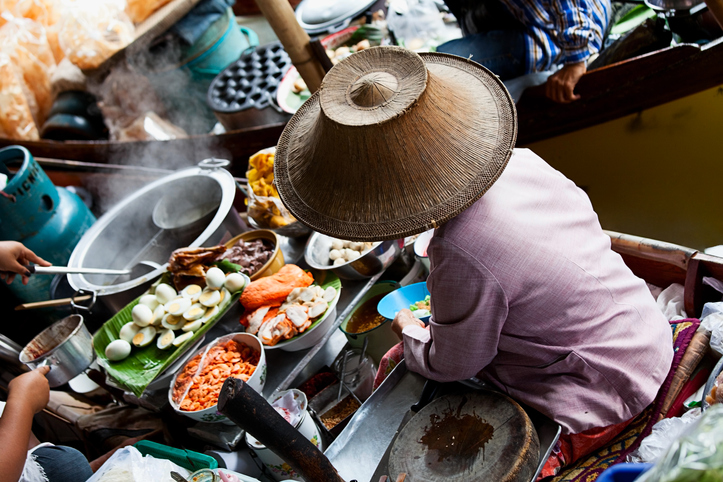Asia Pacific has been the world’s largest travel area for the greater part of the past ten years. Now, travel to Asia remains significantly lower than its pre-COVID numbers. This is due in part to destinations like Japan only recently reopening, and others, like China, having yet to reopen.
According to CNN, the decrease in visitors has Asia Pacific set to lose its title as the world’s largest travel region.
A newcomer to claim the title:
Travel analysts at the Centre for Aviation (CAPA) predict that by the end of the year, Europe will surpass Asia Pacific and claim its long-held title.
In a new report, the organization reveals that air traffic to Asia Pacific is down by 45%. Before the COVID-19 pandemic hit, air travel to the region made up one-third of all passenger flights in the world.
Air travel to Europe, however, has largely rebounded, recovering to around 85% of its pre-pandemic levels. Surprisingly, even the impact of the Russia-Ukraine conflict has not affected tourism to the continent in a major way.
The history of Asia’s hotspots
Roughly 3.38 billion passengers passed through airports in Asia Pacific in 2019. CAPA reports that only 1.84 are predicted to have transited through by the end of 2022. China and Japan are two of the area’s most popular travel markets.
“What happens there has an outsized impact on the rest of the region,” says CAPA.
Asian visitors dwindling
The majority of Asian destinations are seeing at least 50% less than their 2019 numbers, according to CAPA. There are a few exceptions, however, including India. The nation’s current numbers are only 11% lower than the 2019 numbers.
The region’s domestic travel is recovering faster than its international travel. CAPA estimates that Asia Pacific’s travel numbers will not return to those seen before the pandemic until the end of 2023 or early 2024.
Predictions for the future:
“Even then, recovery is dependent on countries opening their borders and ending lingering travel restrictions, as well as the wider economic and epidemiological situations,” the report says.
Related: These Southeast Asian Countries Are Relaxing Their COVID Travel Restrictions





